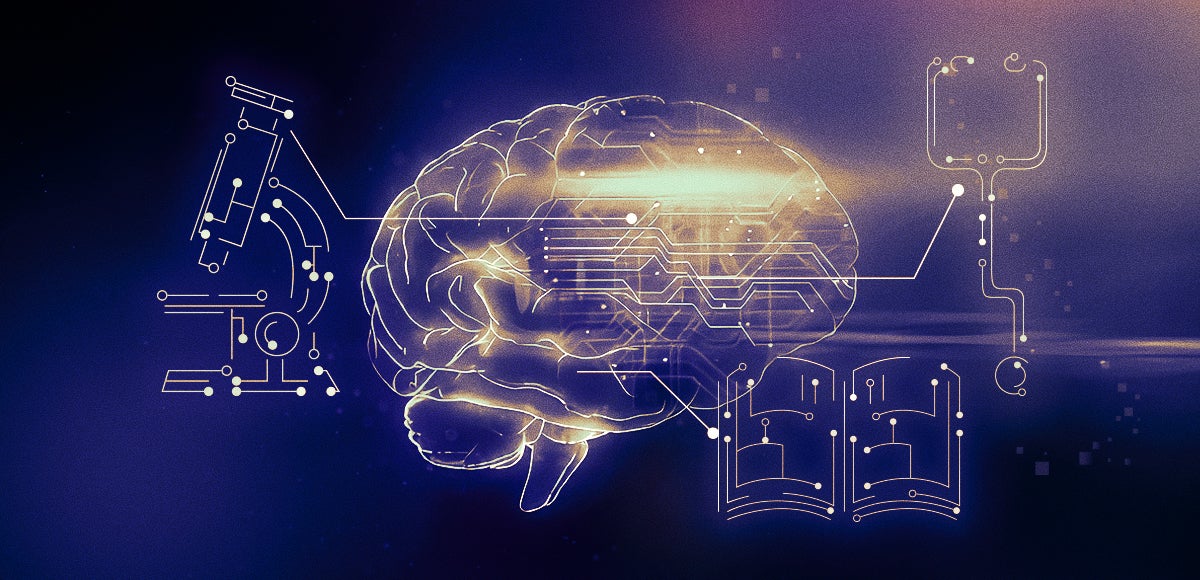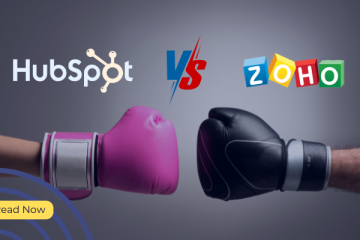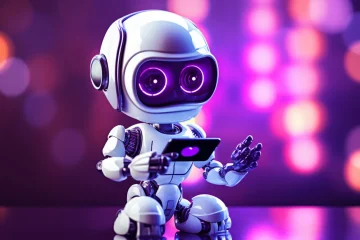In the world of technology, predicting the future is both thrilling and tricky. Over the years, experts, enthusiasts, and visionaries have made countless predictions about the next big thing. Some of these forecasts have hit the mark, while others missed by a wide margin. Let’s take a look at some of the most interesting tech predictions and explore which ones came true and which ones didn’t.
Key Predictions and Their Outcomes
In the ever-evolving landscape of technology, experts and enthusiasts have often made bold predictions about the future. According to PIA’s blog post, some of these forecasts have turned out to be remarkably accurate, while others have not quite hit the mark. Here’s a closer look at some key technology predictions, their outcomes, and what these results reveal about the nature of technological advancement:
1. The Rise of Personal Computers
Prediction: In the 1970s, tech pioneers like Steve Jobs and Bill Gates predicted that personal computers would become a household staple. They envisioned a future where every home would have a computer.
Outcome: This prediction absolutely came true. Personal computers have become ubiquitous, with laptops, desktops, and even tablets now familiar in homes around the world. Technology has evolved from bulky machines to sleek, powerful devices that are integral to our daily lives.
2. The Death of Physical Media
Prediction: In the early 2000s, many tech experts forecasted that physical media, such as CDs, DVDs, and Blu-rays, would soon become obsolete, replaced entirely by digital downloads and streaming services.
Outcome: This prediction has largely come true. Streaming services like Netflix, Spotify, and Amazon Prime have indeed diminished the need for physical media. However, physical formats still have a niche market, especially among collectors and enthusiasts who value tangible items and superior quality.
3. The Universal Adoption of Virtual Reality (VR)
Prediction: In the 2010s, VR enthusiasts predicted that virtual reality would soon become a mainstream technology used for everything from gaming to education to everyday communication.
Outcome: While VR technology has made significant strides and has found applications in gaming, training, and even therapy, it has yet to become a universal technology. High costs, the need for specialized equipment, and limited content have kept VR from becoming a staple in every household.
4. The Dominance of Artificial Intelligence (AI)
Prediction: Predictions about AI taking over jobs, making decisions for us, and even becoming self-aware have been prevalent in recent years. Experts have suggested that AI will soon dominate various sectors, including healthcare, finance, and transportation.
Outcome: AI has indeed made impressive progress, with applications in areas like speech recognition, predictive analytics, and autonomous vehicles. However, AI isn’t quite as pervasive or autonomous as some had predicted. The technology is still developing, and ethical and practical challenges remain significant hurdles.
5. The End of Traditional Retail
Prediction: With the rise of e-commerce giants like Amazon, many predicted that traditional brick-and-mortar stores would become a thing of the past, replaced by online shopping.
Outcome: While e-commerce has grown rapidly and transformed the retail landscape, traditional retail is far from dead. Many consumers still enjoy the experience of shopping in physical stores, and some businesses have successfully integrated online and offline experiences.
6. The Rise of Wearable Technology
Prediction: In the early 2000s, the idea of wearable tech—like smartwatches and fitness trackers—was considered a futuristic dream. Predictions suggested these devices would soon be as common as smartphones.
Outcome: This prediction has largely come true. Wearable technology, including smartwatches, fitness trackers, and even smart glasses, is now widely available. These devices help people monitor their health, stay connected, and enhance their daily lives.
7. The Proliferation of Smart Homes
Prediction: The early 2010s saw predictions that smart home technology—such as smart thermostats, lighting, and security systems—would become a standard feature in households everywhere.
Outcome: While smart home technology has certainly grown in popularity and sophistication, it’s not yet universal. Factors such as cost, complexity, and compatibility issues have slowed widespread adoption, though the trend continues to gain traction.
Conclusion
Tech predictions often provide a glimpse into what the future might hold, but they also highlight the challenges and uncertainties that come with technological advancement. Some predictions come to fruition, while others take unexpected turns. According to PIA’s blog post, as technology continues to evolve, who knows what new predictions will emerge and which ones will stand the test of time?



